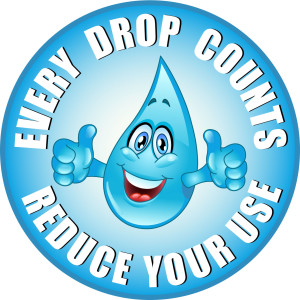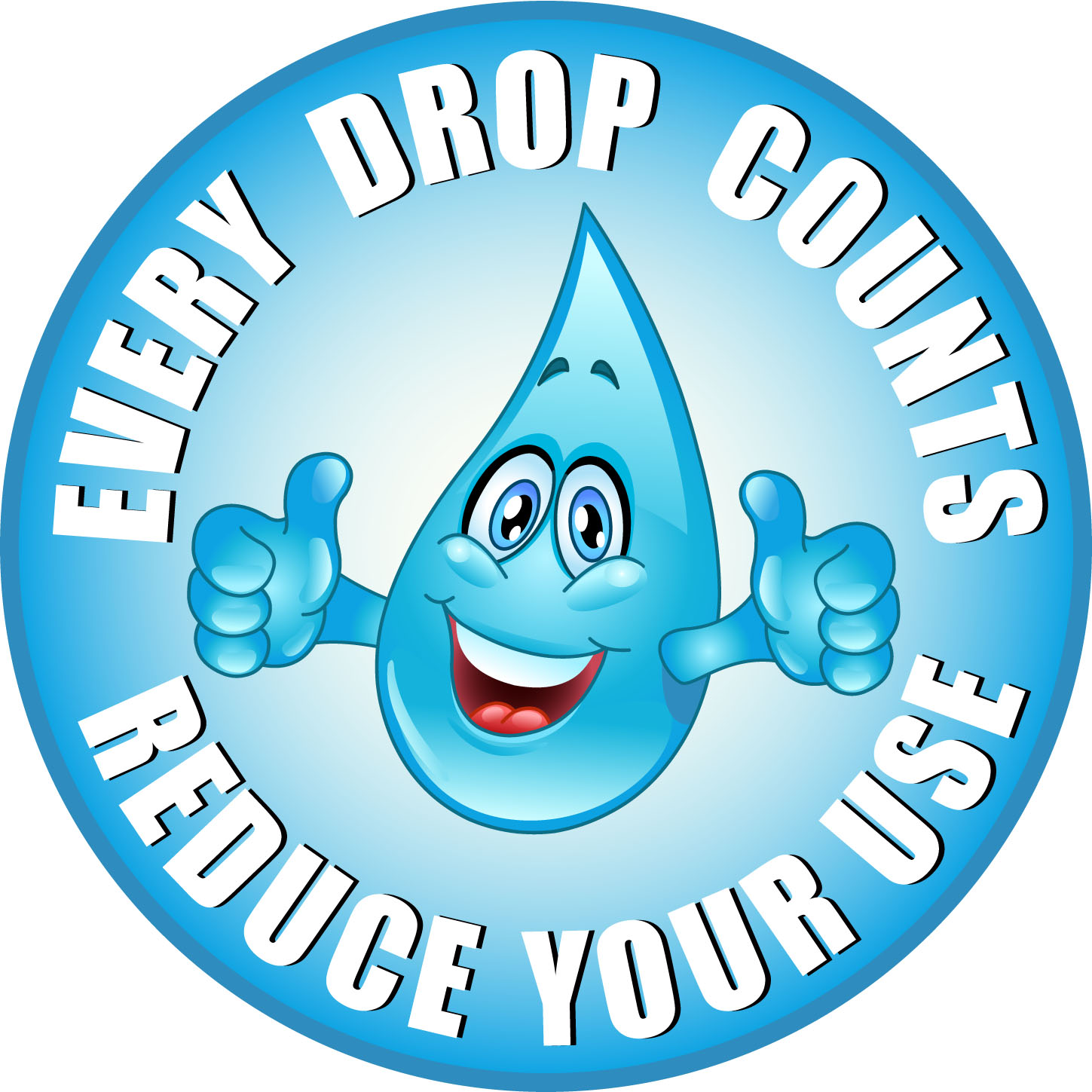Water Scarcity: The Scare.

Water scarcity is the lack of sufficient available water resources to meet the demands of water usage within a region. It already affects every continent and around 2.8 billion people around the world at least one month out of every year. More than 1.2 billion people lack access to clean drinking water.
Water scarcity mainly can arise due to the following two factors:
o Physical (absolute) water scarcity
o Economic water scarcity
Physical water scarcity refers to the inability of natural resources of water in the area to satisfy the demand for it. Economic water scarcity is the poor management of sufficient available water resources.
There are mainly two types of problem that arise with water,
- Water Stress
- Water Crisis
Let us look at each one in further detail.
WATER STRESS
The United Nations (UN) states that only about 1.4 billion cubic kilometres of fresh water is available on the surface of the earth for drinking purposes. Water stress refers to a situation where people do not have access to portable water and according to statistics 1.1million people in the world are water stressed (that accounts for about 1 in every 6 people). Much of the water stressed population currently live in river basins where the usage of water resources greatly exceeds the renewal of the water source.
WATER CRISIS
Water crisis refers to the situation of absolutely no available portable water for a given population of people in a region.
Causes
There are several principal manifestations of the water crisis.
- Inadequate access to safe drinking water for about 884 million people.
- Inadequate access to water for sanitation and waste disposal for 2.5 billion people.
- Groundwater over drafting (excessive use) leading to diminished agricultural yields.
- Overuse and pollution of water resources harming biodiversity.
- Regional conflicts over scarce water resources sometimes resulting in warfare.
Effects
One of the main effects of water crisis is the start of waterborne diseases. Waterborne diseases along with absence of sanitary domestic water are one of the main causes of death worldwide.
A 2006 United Nations report focuses on issues of governance as the core of the water crisis, saying “There is enough water for everyone” and “Water insufficiency is often due to mismanagement, corruption, lack of appropriate institutions, bureaucratic inertia and a shortage of investment in both human capacity and physical infrastructure.”
Effects of water scarcity on the environment:
Water scarcity has several impacts, majorly negative on nature on the environment and several water bodies and also human beings. Our body is 80% water and we require water for our utmost survival. The resulting water overuse that is related to water scarcity, often located in areas of irrigation agriculture, harms the environment in several ways including increased salinity, nutrient pollution, and the loss of floodplains and wetlands.[6][47] Through the last hundred years, more than half of the Earth’s wetlands have been destroyed and have disappeared.
Climatic change:
Aquifer drawdown or over drafting and the pumping of fossil water increases the total amount of water within the hydrosphere subject to transpiration and evaporation processes, thereby causing accretion in water vapour and cloud cover, the primary absorbers of infrared radiation in the earth’s atmosphere. Adding water to the system has a forcing effect on the whole earth system, an accurate estimate of which hydrogeological fact is yet to be quantified.
Depletion of freshwater sources:
The areas where fresh water accumulates below the surface of the earth (groundwater) are called aquifers. Other than lakes and rivers, ground water and glaciers have also become a rising source of fresh water. But the overuse of water resources is now causing all of it to deplete and we are running out of freshwater resources. More and more of these sources are being drawn upon as conventional sources’ usability decreases due to factors such as pollution or disappearance due to climate changes. The exponential growth rate of the human population is a main contributing factor in the increasing use of these types of water resources.
Increasing Fresh water Supply
Water is more than a necessity for us and we must increase this resource because we as human being can only survive on freshwater sources.
- Build dams and reservoirs to store runoff
- Bring in surface water from another area
- Withdraw groundwater
- Convert salt water into fresh water (desalinization)
- Waste less water
- Import food to reduce water use
- Use recycled water
- Adopt Rain water harvesting techniques
These are just some of the few techniques we can use to increase sources of fresh water. Take some effort. Be the start of change, Preserve water and follow green living, for a better today, tommor and for the better of generations to come.

Leave a Reply